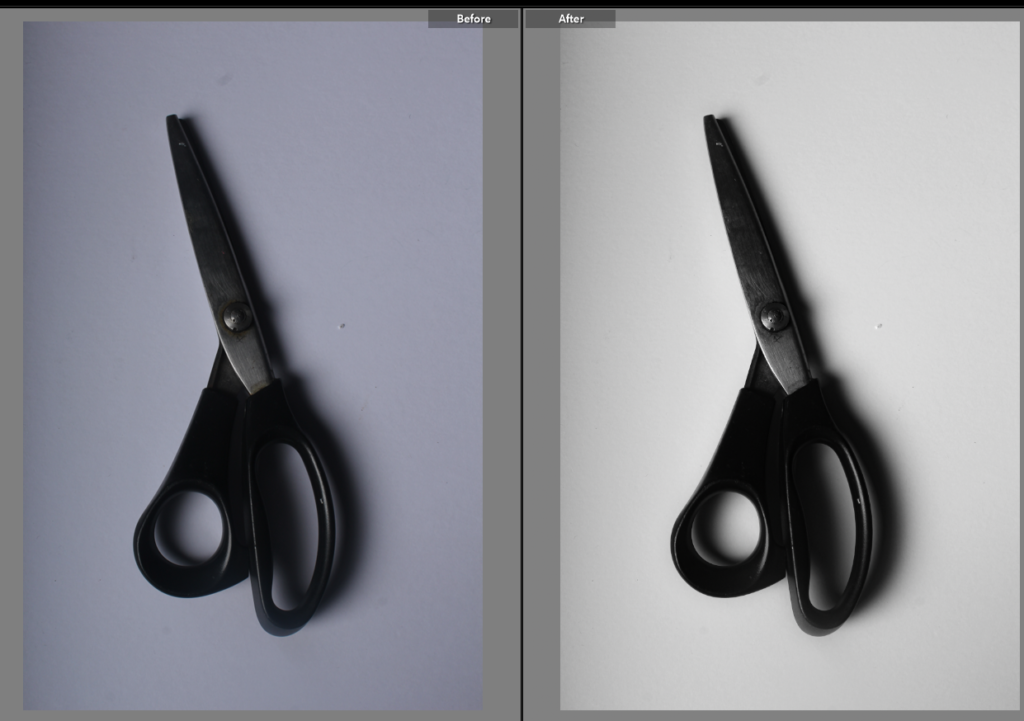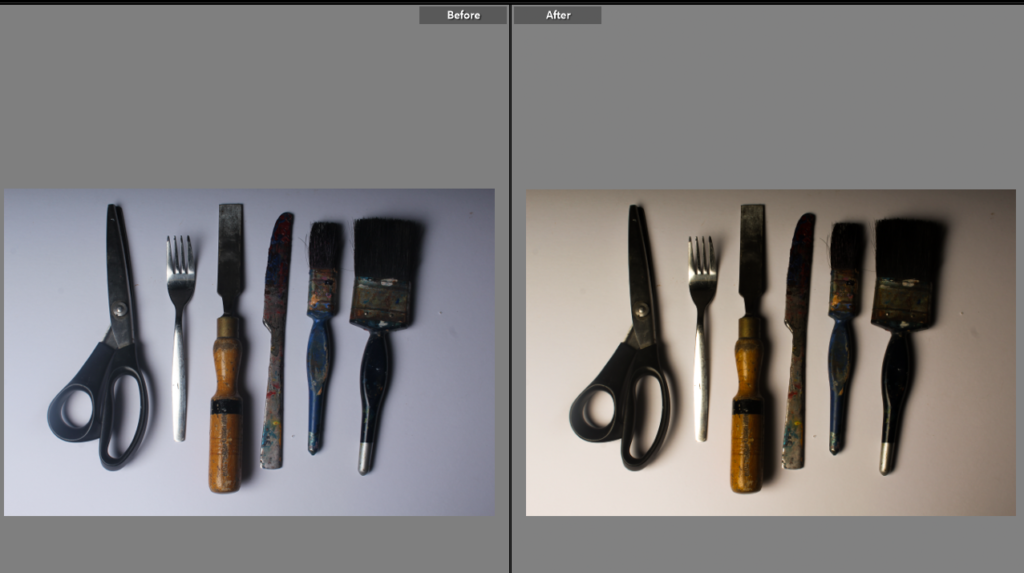Walker Evans– Beauty of the Common Tool (1955)
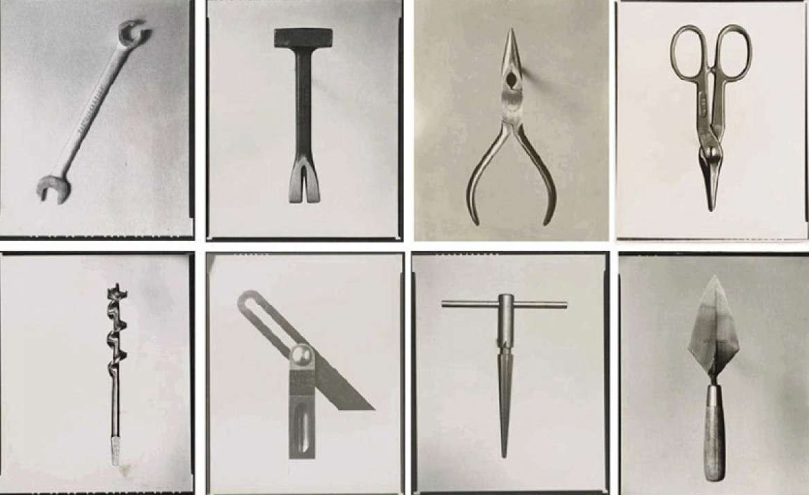
Walker Evans (an American photographer) greatly influenced Darren Harvey-Regan, and both artists paid careful attention to choice of objects, composition, lighting and exposure values. Walker Evans captured photographs of every day man- made useful daily objects from a birds eye view with little shadowing to show the significance of the objects and valuing them. Walker Evans work is behind a white background when the object is in the centre, this influences the photograph to catch the eye straight to the object. Its sort of as if Evans is celebrating the object as they are useful to our daily life. Both artists paid careful attention to choice of objects, composition, lighting and exposure values.
Walker Evans was an American photographer and photojournalist. He began to photograph in the late 1920s, making snapshots during a European trip. He is very well known for his work for the FSA, documenting the effects of the Great Depression.
Each tool tells a story about life during the Great Depression and how they played important roles for people struggling to make a livelihood.
DARREN HARVEY- REGAN
Darren Harvey-Regan was a photographer interested in the idea that photographs do not exist just to show things, but are physical things that become objects themselves.
Regan was heavily inspired and influenced by Evans after his portfolio of the ‘ Beauty Of the Common Tool’ was published in 1955. He then sourced matching tools, cut them in half and re-joined several halves together, with the resulting physical objects being photographed to create his work.
Regan’s work was unique and interesting as he merged 2 tools together for creativity. In which a ratchet wrench is combined with a pair of pliers and a Mason’s trowel joined with a pair of scissors. This made it stand out from the rest as the strangeness made it more eye-catching.
He named his work ‘Beauties of the Common Tool, Rephrased II, 2013’.
He took the story that Walker Evans represented and rearranged it, modernising it.
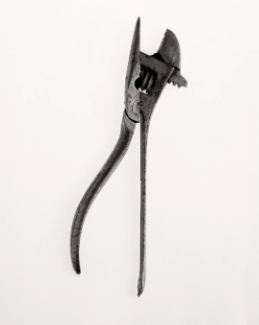
Within this photo, Regan uses a clear white (possibly on white balance) as a background with no shadow which contrasts to Evans work as Evans captured the shadow and depth of the tools. Evans often used different shades of whites whereas Regan did not. This could represent the fact he has modernised it. His photo is from birds eye view which is equal to Evans which shows similar qualities.
Formalism Inspired- My Photo
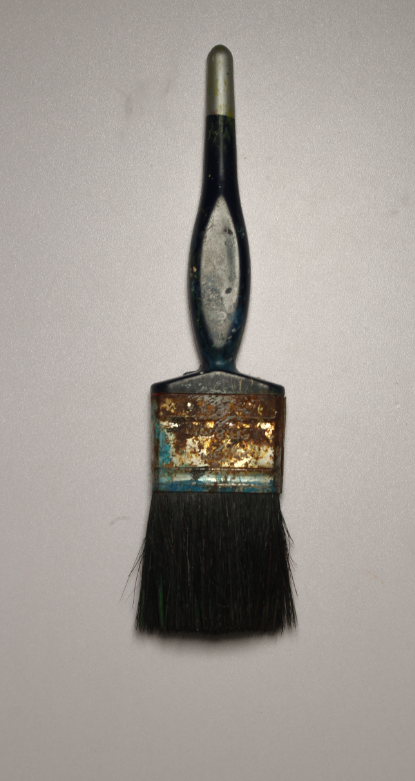

To achieve this photo, I went down to the studio and took these from a birds eye view to reach its full potential which links to Evan’s work as all of his photographs are and have a deep and clear shadowing to create a dull effect. I placed my tools onto a white blank sheet of paper to allow the tool to be in focus and so the light doesn’t reflect, which at first looked bright and modernised like Regan’s. >

However, after I took this photograph I continued to edit the saturation and highlights of the photo and this created it to be a lot more unique and more eye catching qualities such as deep shadowing and darker shades of whites to make it look like an older image. This links to Evan’s work as his photos have low saturation which gives the hint that they are old photographs specifically (1955)

I then continued to put these photos in black and white and placed them in a collage to make it even more similar to Evan’s work with the shadowing and dull effect with it to add more eye catching and interesting qualities.

